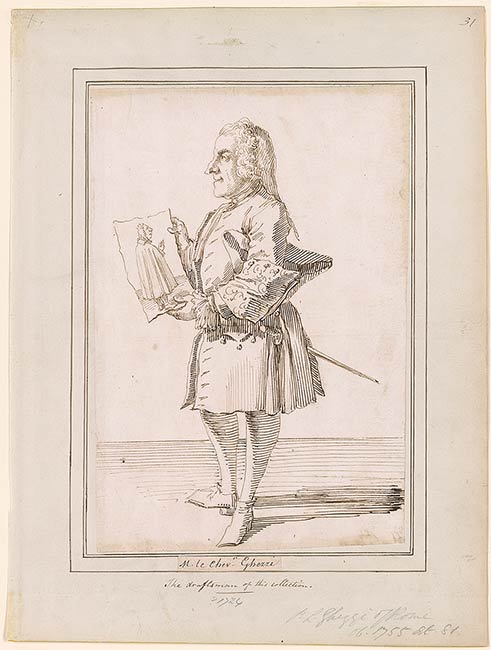Art and Museums
 The Decoration of Men's Fashion in Eighteenth-Century France at The Met Museum: Embroidery, Buttons, Braids, and Sequins
The Decoration of Men's Fashion in Eighteenth-Century France at The Met Museum: Embroidery, Buttons, Braids, and Sequins
In the eighteenth century, promenading among the shops along the rue St. Honoré became a fashionable leisure activity for men and women alike. This street was home to Paris's marchands merciers, a class of merchants who dealt in all manner of luxury goods, including textiles for furnishing and clothing. The mercers' exclusive right to finishing work — arranging for the addition of embroidery, buttons, braids, and sequins through a network of specialized workers — allowed their customers to choose the exact colors and patterns they wanted at the point of sale. more »
 Flaming June Has Taken Up Residence in the Oval Room at the Frick
Flaming June Has Taken Up Residence in the Oval Room at the Frick
At the end of his career, the British artist Frederic Leighton painted the now-iconic image of a sleeping woman in a vivid orange gown. This nineteenth-century masterpiece embodies the modern philosophy of "art for art's sake," the belief that the value of art lies in its aesthetic qualities rather than in its subject matter. The sensuously draped figure — freed from any narrative context — is integrated into a harmonious ensemble of rhythmic lines and radiant color. more »
 Portraiture at the Morgan: While Wearing a Cape, Asleep, In A Fur-trimmed Coat, Holding a Skull and Tulip
Portraiture at the Morgan: While Wearing a Cape, Asleep, In A Fur-trimmed Coat, Holding a Skull and Tulip
The pieces range from early studies for paintings and sculptures to highly-finished drawings that stand alone as works in their own right. What all of the portraits share, however, is the image of a likeness of someone worth remembering, bearing testimony to the deeply human sentiment to leave a mark. Among the many extraordinary works with a more finished polish is an early drawing by Pablo Picasso depicting Marie Derval, a popular actress in Paris. The energetic contour of the figure and her frightening stare lend the portrait an expressionist vigor. more »
 Rembrandt? The Case of Saul and David, a Patchwork of Canvases
Rembrandt? The Case of Saul and David, a Patchwork of Canvases
Last year Ernst van de Wetering published the work as entirely by Rembrandt, executed in circa 1646 and circa 1652. The condition of Saul and David was not ideal. Although structurally sound, it certainly looked the worse for wear. The prominent vertical join and added piece were disfiguring. The paint surface was heavily flattened throughout, and the old varnish was yellowed and cracked. more »






